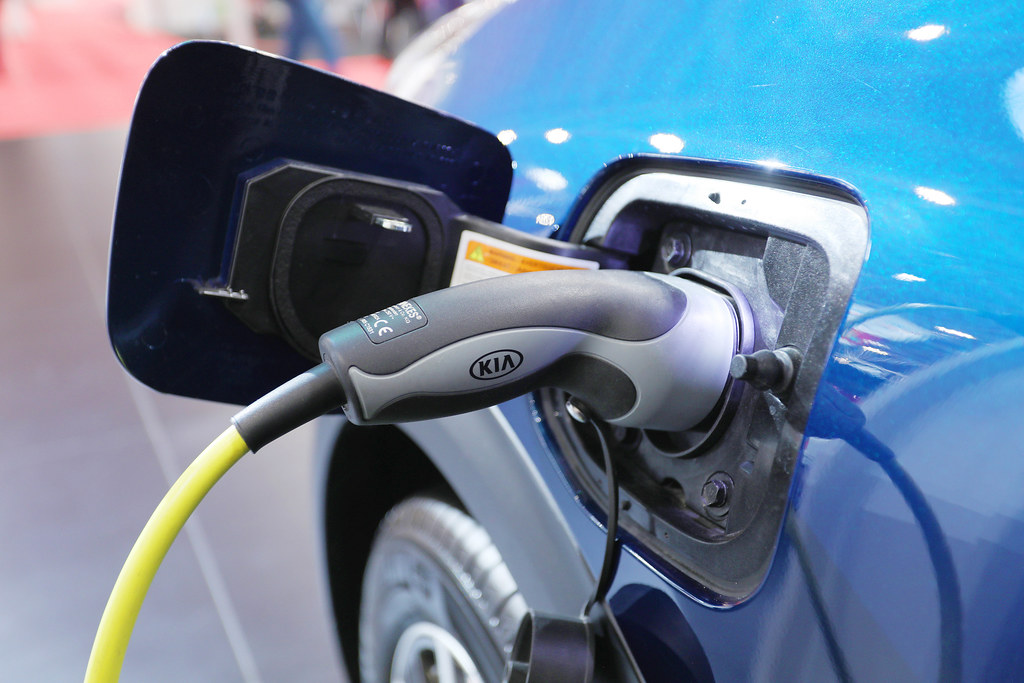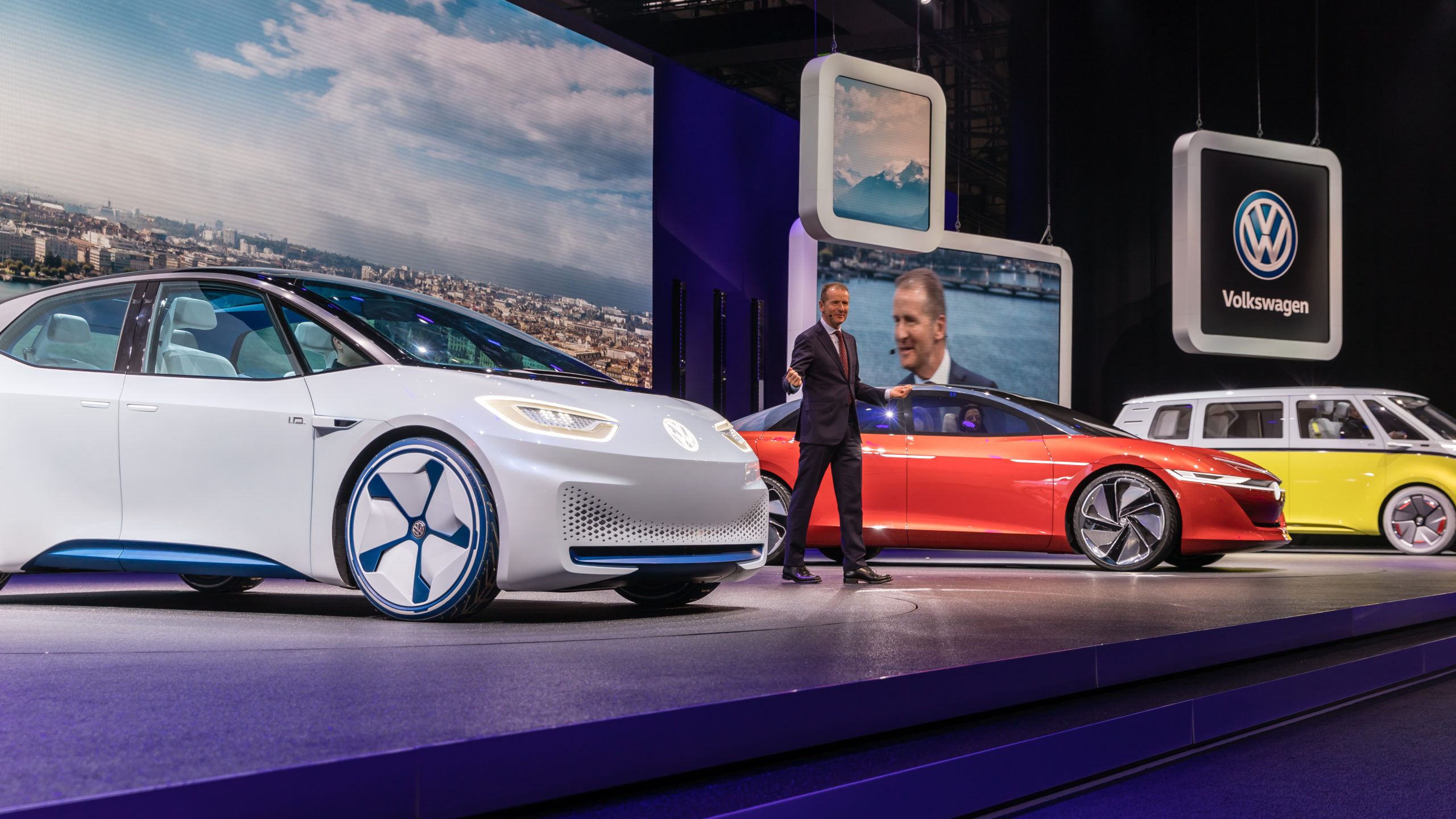Electric vehicles are booming and more and more users are opting for this sustainable option instead of cars or fuel vehicles. In 2020, electric vehicles (EVs) grew by 78.4% and plug-in hybrids had a growth compared to 2019 of 213.8%. That is where a wallbox comes in.
In the near future in which more and more individuals have an electric or hybrid car, the installations of charging points in garages or private spaces will increase proportionally.
WHAT IS A WALLBOX OR CHARGING POINT?
The word Wallbox comes from the English wall (wall) and box (box): it is a charging point that is usually installed on the wall of a private or community garage. There are cases in which they are also installed on pedestals, when it is not possible to anchor themselves to the wall.
There are different types of wallbox depending on the brand, some that require a card to lock and unlock the charger (RFID cards), others that are managed through the APP and there are others that simply connect to the car and start charging.
What are the advantages of installing a charging point in your home?
Nowadays many people are unaware of the advantages of installing a charging point at home and are sometimes confused with plugging the car into the conventional outlet, without taking into account the risks that this may entail.
Below, we explain the benefits of installing a wallbox in your private or community garage:
- Safety:installing an electric charger protects the electrical installation from possible overloads and voltages in the line.
- Protects the battery of the electric car: the protections against possible overloads allow the EV battery not to be affected.
- Comfort: Instead of going to electric stations, shopping areas or public charging points, if you install your Wallbox at home, you can charge your EV at the time you want and without leaving home.
- Faster charging:if you install a charging point by a professional, he adopts the line based on the power of the charger and, in this way, you can charge your car up to 8 times faster than if you plug it directly into the current.
- Saving: In most charging points you can visualize the consumption so that your electricity cost is lower.
Thanks to the special tariffs for electric vehicles, you can pay the kWh at 0.03. That means that for an electric vehicle of 60kW of battery the cost would be equal to: 60kW x 0.03€/kWh = 1.8€ to be able to perform 500km (Ex: Hyundai Kona)
In a hybrid vehicle the costs would be: 10kW (car battery) x € 0.03 / kWh = € 0.30 (Ex: Peugeot 3008 hybrid).
- Added functions: there are charging points that have a key or RFID card to control the unauthorized use of the load and there are others that have a screen where you can view all the parameters of the load.
With the evSmart model from Evmobe you can adjust the charging current manually (16 A, 24 A, 32 A): you get 3 chargers for the price of one.
As you can see, installing your charging point at home has many advantages. Recharging your electric car is like charging your mobile phone or laptop, just plug the cable into the car’s power outlet and wow! Start charging.
You just have to wait, unplug and ready to do kilometers.
Don’t know which charger you should install and how to install it? At Evmobe we provide you with the solution to this problem. Our team will advise you to know which charger best suits your garage and will leave it installed so you do not have to worry about anything.
If you want to know more information about how to install our charging solutions and request a quote, please contact us here.



